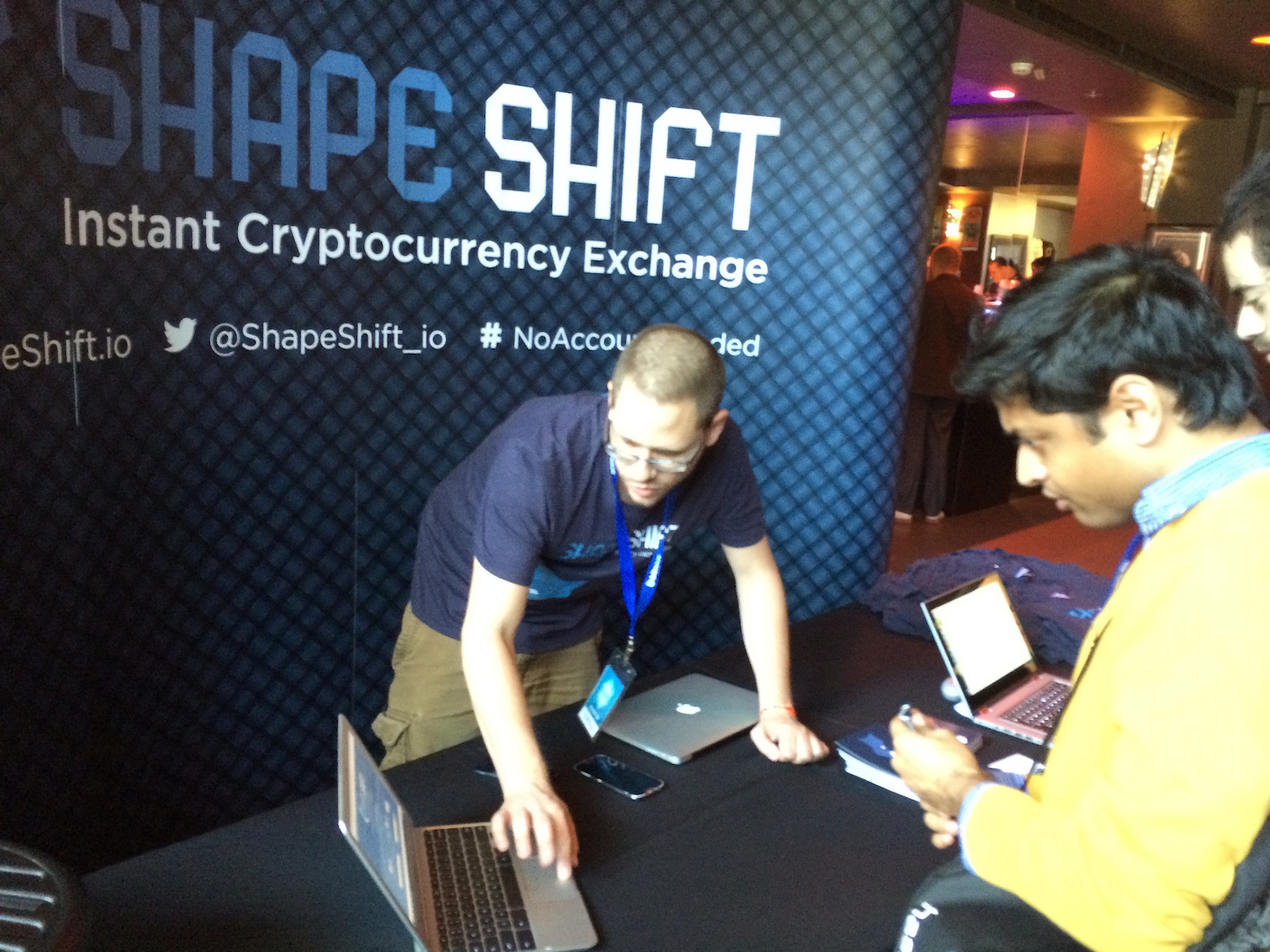Proof-of-Stake Was Bigger Than Eth 2.0 in 2020
Proof-of-Stake Was Bigger Than Eth 2.0 in 2020
In just a single year, staking has gone from an academic exercise to a dominant force in crypto.
The biggest staking story of 2020 is, of course, the launch of Ethereum 2.0. But beyond that, the past year has seen a tremendous flowering of proof-of-stake (PoS) networks. Four of the top nine crypto assets by market cap are on a path to proof-of-stake. In January, the number was zero – and more are poised to follow.
This post is part of CoinDesk’s 2020 Year in Review – a collection of op-eds, essays and interviews about the year in crypto and beyond. Tim Ogilvie is the CEO of Staked, which runs staking infrastructure for institutional investors, exchanges, custodians, and wallets.
Proof-of-stake now represents roughly 15% of the total crypto market cap. Much of the acceleration in crypto development we’ve seen this year is attributable to proof-of-stake blockchains, including Ethereum as well as Polkadot, Cardano, NEAR, Solana and others.
As proof-of-stake’s dominance in developer engagement continues to grow through the coming year, we’ll see an explosion of user-facing projects and apps.
Theory into practice
One enduring criticism of proof-of-stake is that it is only theoretical. Many assumed a PoS blockchain would fall down in practice, like an academic building a bridge out of books. Previously successful launches of PoS blockchains like Tezos and Cosmos did little to silence the critics.
Ethereum 2.0’s frequent delays and apparent setbacks no doubt added to this skepticism, with the project becoming something of a punchline in the crypto world until its successful launch last month. And with that, proof-of-stake moved to the main stage.
The decentralized economy will continue to migrate to proof-of-stake.
Ethereum is second only to Bitcoin in terms of total market cap, and boasts the largest developer community of any blockchain. The fact that it is finally moving to proof-of-stake sends a clear signal that the concept is here to stay. Ethereum 2.0 is now set to become the top staking chain – though exactly when is anyone’s guess.
While Ethereum 2.0 represents a coming-out party for proof-of-stake, to focus only on Ethereum’s successful upgrade is to miss a much bigger picture. Many PoS networks are finding success and adoption this year.
Polkadot, currently the largest PoS chain, now has over $3 billion staked. Chainlink, the fifth-largest crypto asset by market cap, has announced that it, too, plans to shift to PoS. More will follow. By the end of 2021, most of the top chains will have moved to various degrees of staking systems.
To be sure, bitcoin will keep its crown as the single biggest crypto asset. It was the first, it’s the most well-known and it has a clear and easily understandable use case. But this is less a counter-argument than the exception that proves an emerging rule. Bitcoin is an excellent foundation as a store of value, but those looking to build applications and institutions for a decentralized economy will continue to migrate to proof-of-stake.
Adoption will continue to surge as a result of the traction and developer activity we see across proof-of-stake blockchains, which sets them apart from Bitcoin, stablecoins and “meme coins.” The multiple Bitcoin bridges currently coming to market reflect this: The vast wealth held in bitcoin is hungry for new ways to make returns … on PoS blockchains.
Proof-of-stake has always been the destination for Ethereum and for many other projects in crypto. Some cynicism was inevitable along the way – and certainly, the progress of PoS networks has not been without setbacks. But in 2020 the theory became reality.










